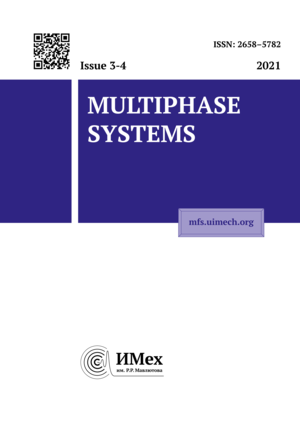

The Korteweg–de Vries equation is a third–order nonlinear partial differential equation that plays an important role in the theory of nonlinear waves, mainly of hydrodynamic origin. It was first obtained by Joseph Boussinesq in 1877, but a detailed analysis was already carried out by Diederik Korteweg and Gustav de Vries in 1895. The Korteweg–de Vries equation, its analogues and generalizations arise in mathematical models in a variety of subject areas. There are at least several thousand publications in which the Korteweg–de Vries equation is considered from one side or another, and the authors are aware of the impossibility of writing at least a simple list listing these publications. Nevertheless, it is possible to mention, for example, The paper considers some generalization of the Korteweg–de Vries equation obtained by introducing an arbitrary function with respect to which a group classification is performed. The admissible operators of the generalized Korteweg–de Vries equation, the basic algebra of admissible operators and possible cases of extension of the algebra of admissible operators for a coefficient function of a special kind are found. Tables of commutators of the obtained algebras are also calculated. At the same time, the fact of isomorphism of admissible algebras in two different cases of specification of the function-coefficient of the generalized Korteweg–de Vries equation is noted. It is shown that the maximum possible dimension of the algebra of admissible operators is equal to four and corresponds to the almost classical Korteweg–de Vries equation with a possible additional linear term. In all other cases, if the resulting algebra of admissible operators and extends, then to a three-dimensional Lie algebra.
Korteweg–de Vries equation,
group classification,
admissible operator,
Lie algebra,
commutator table
